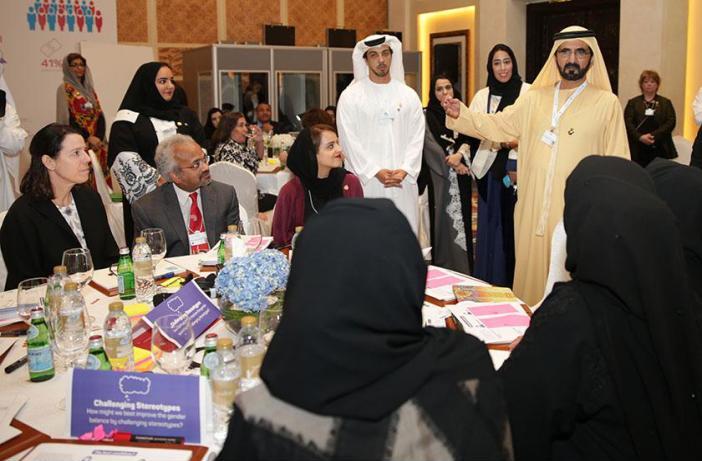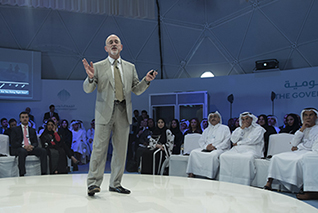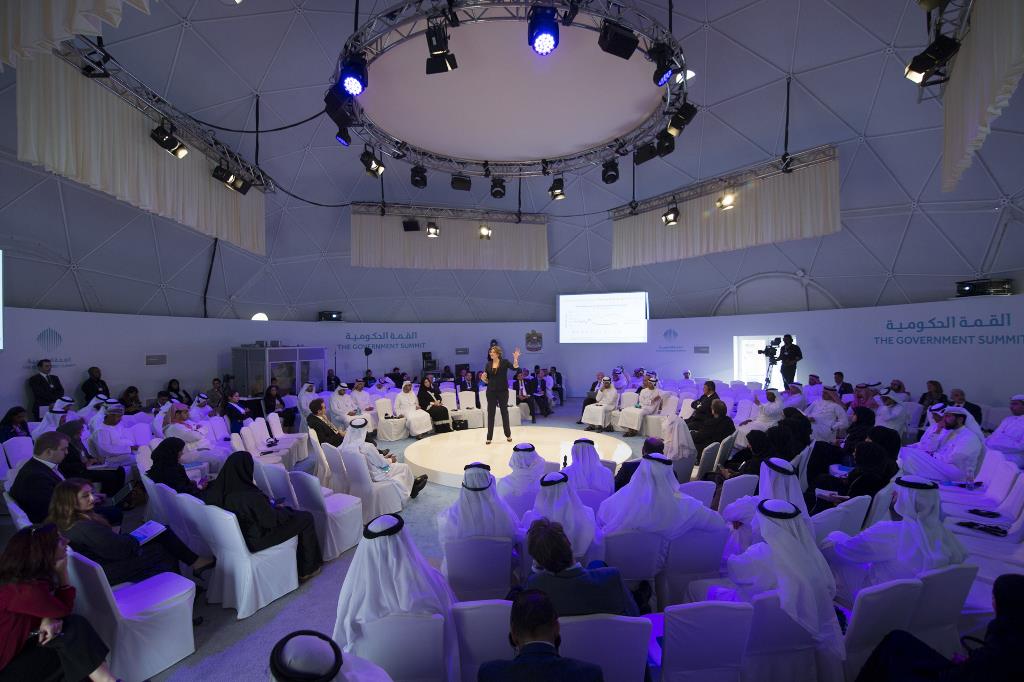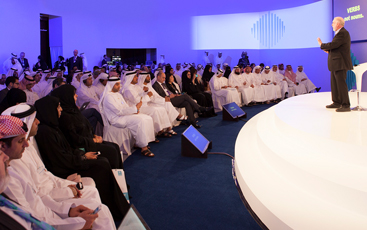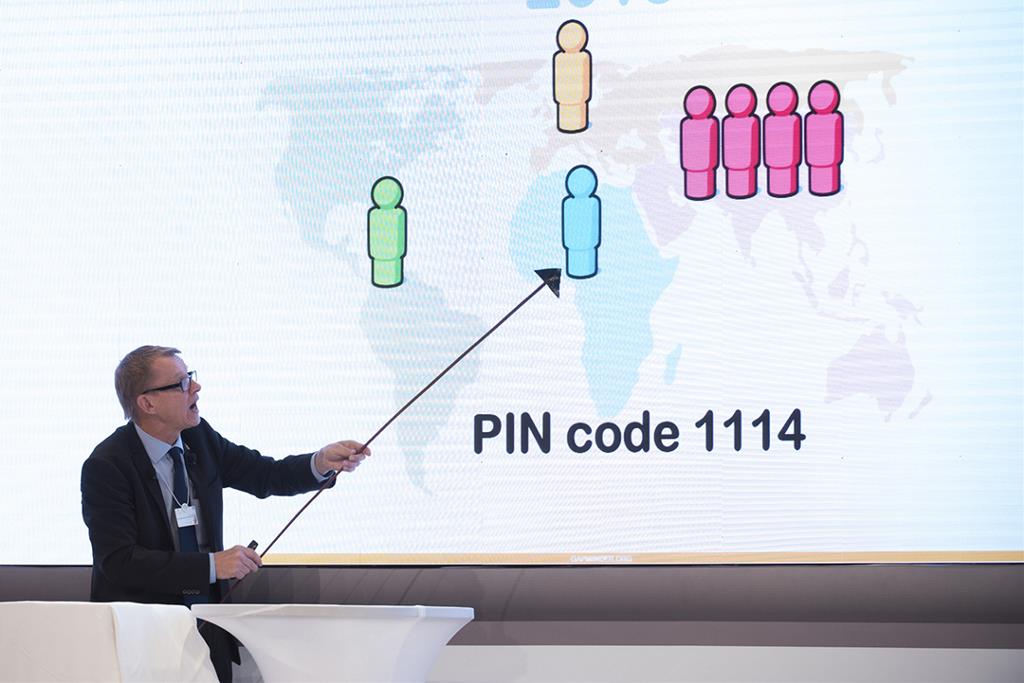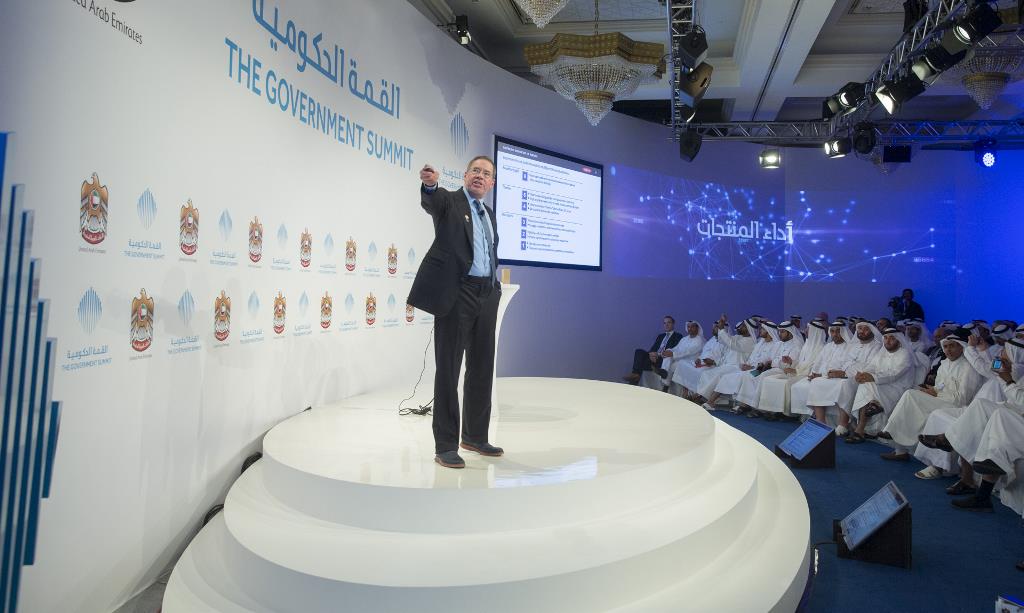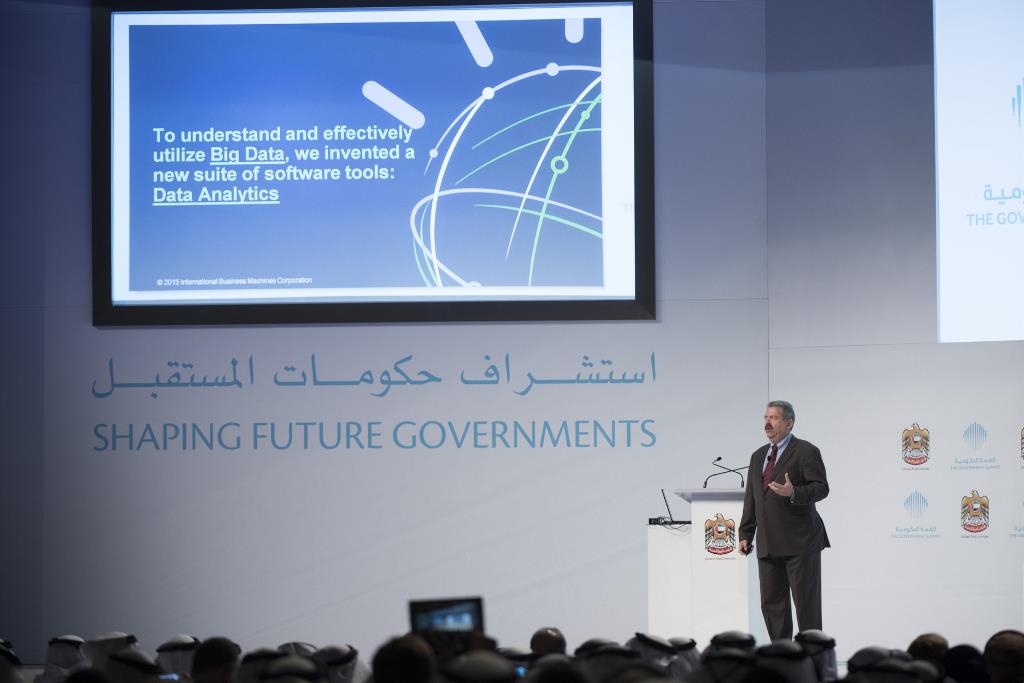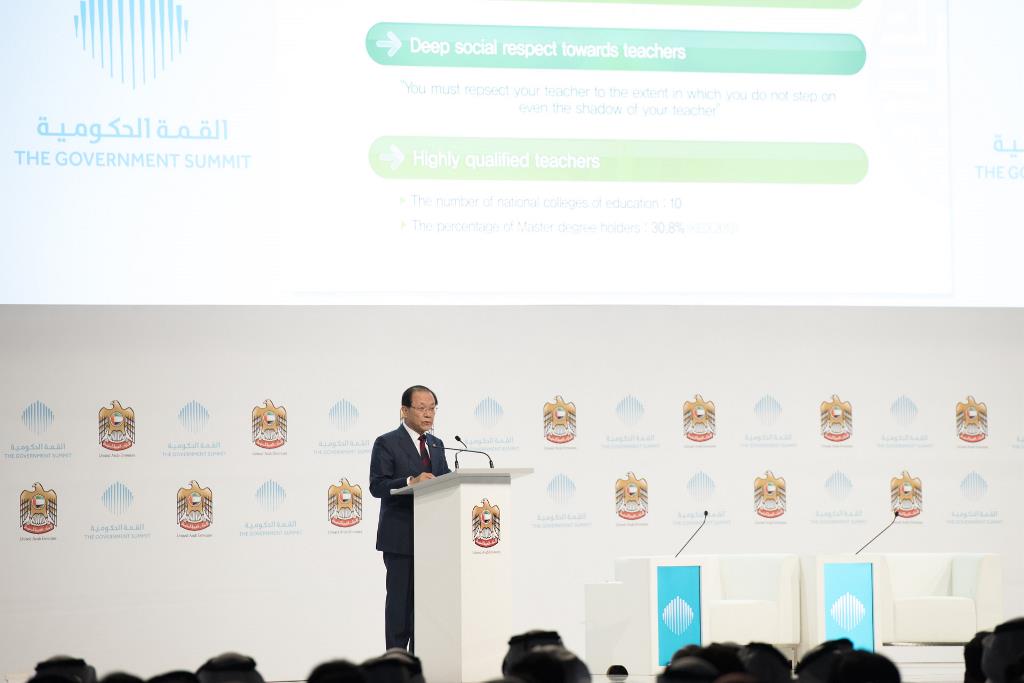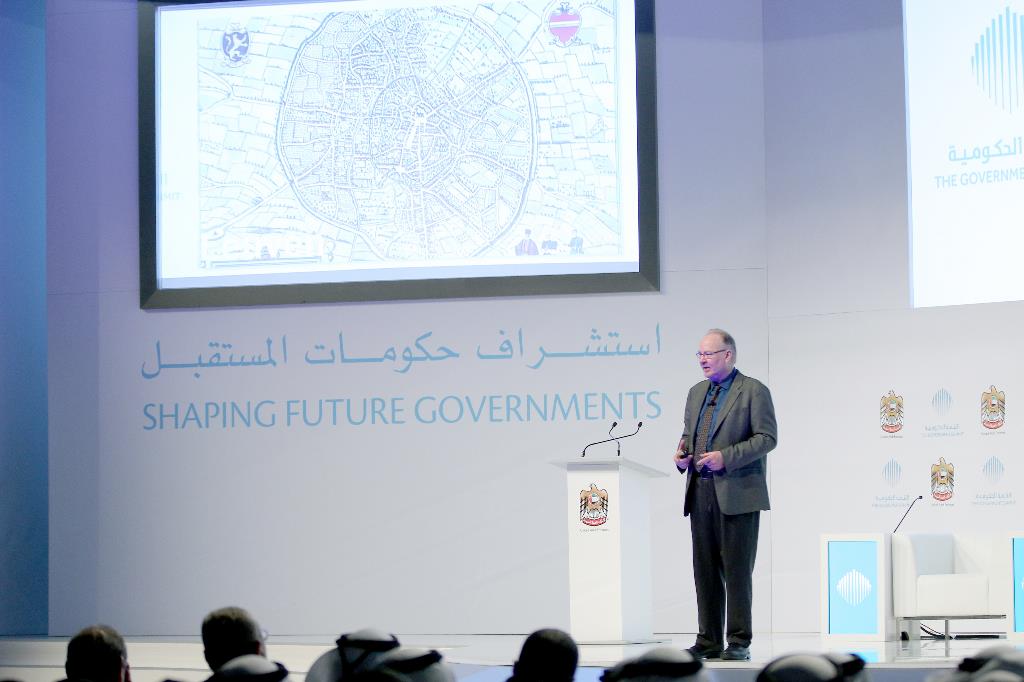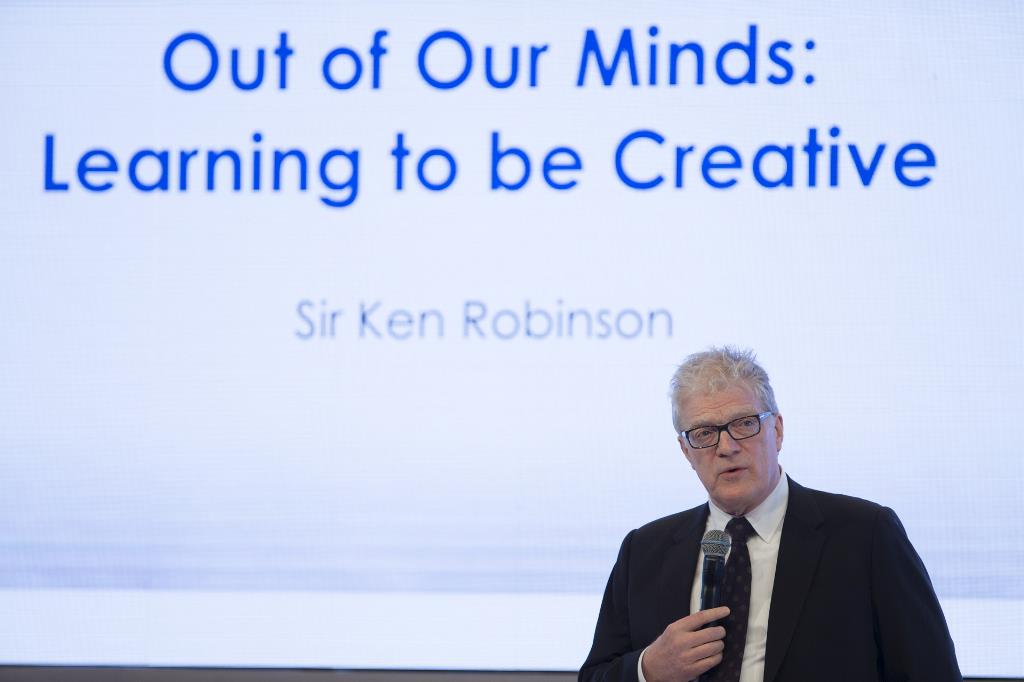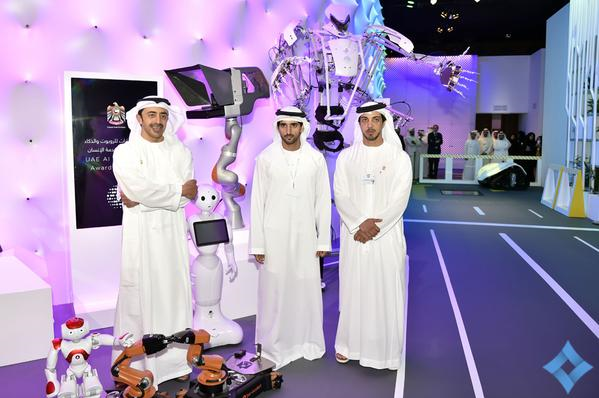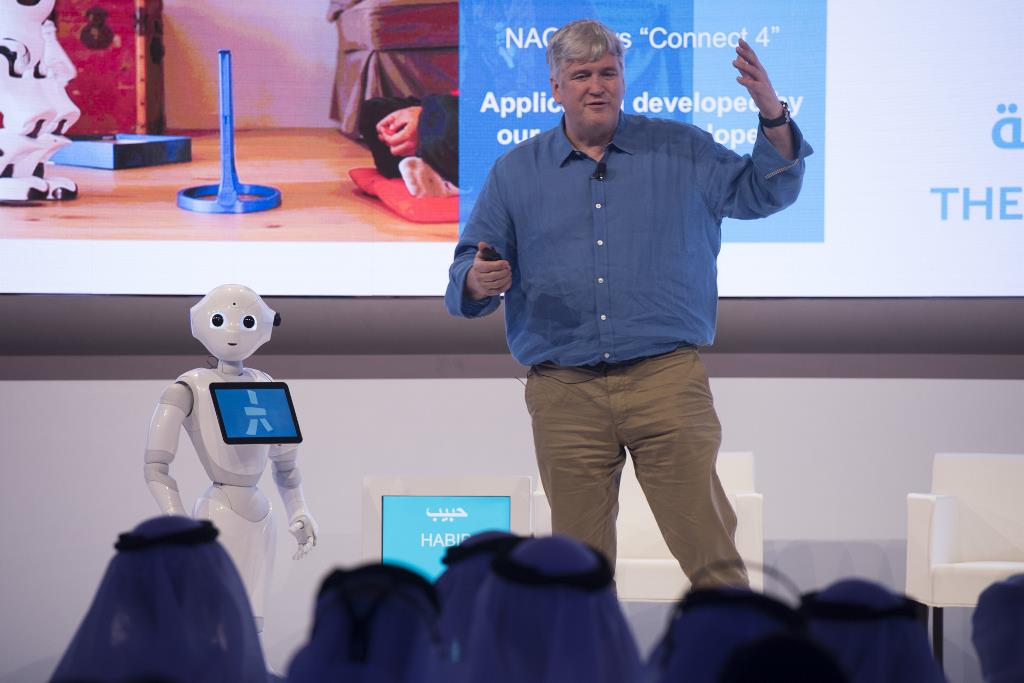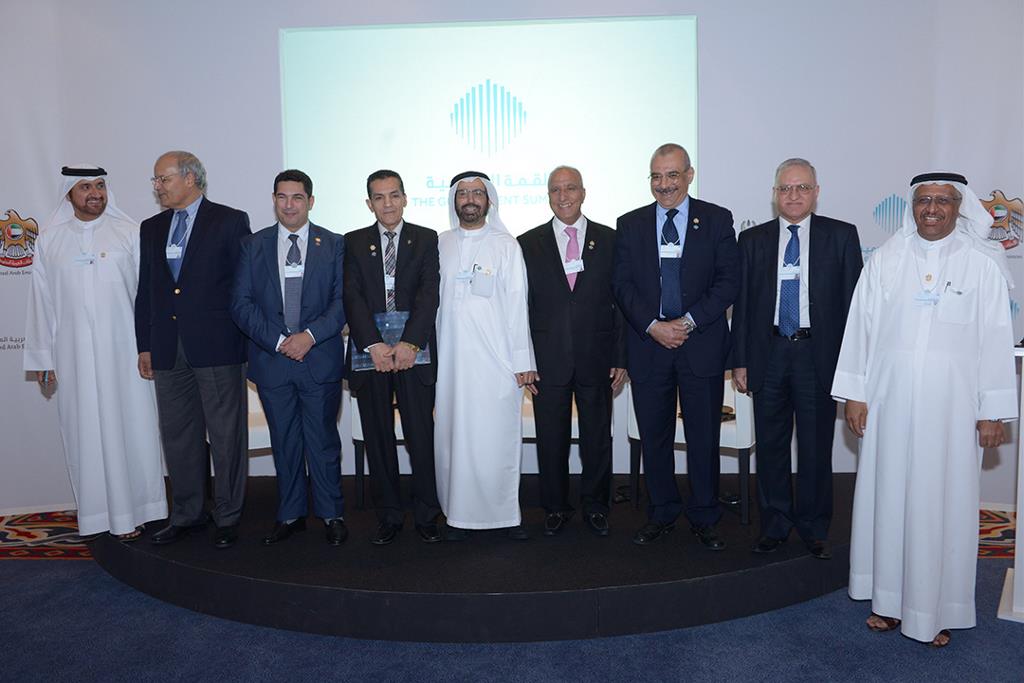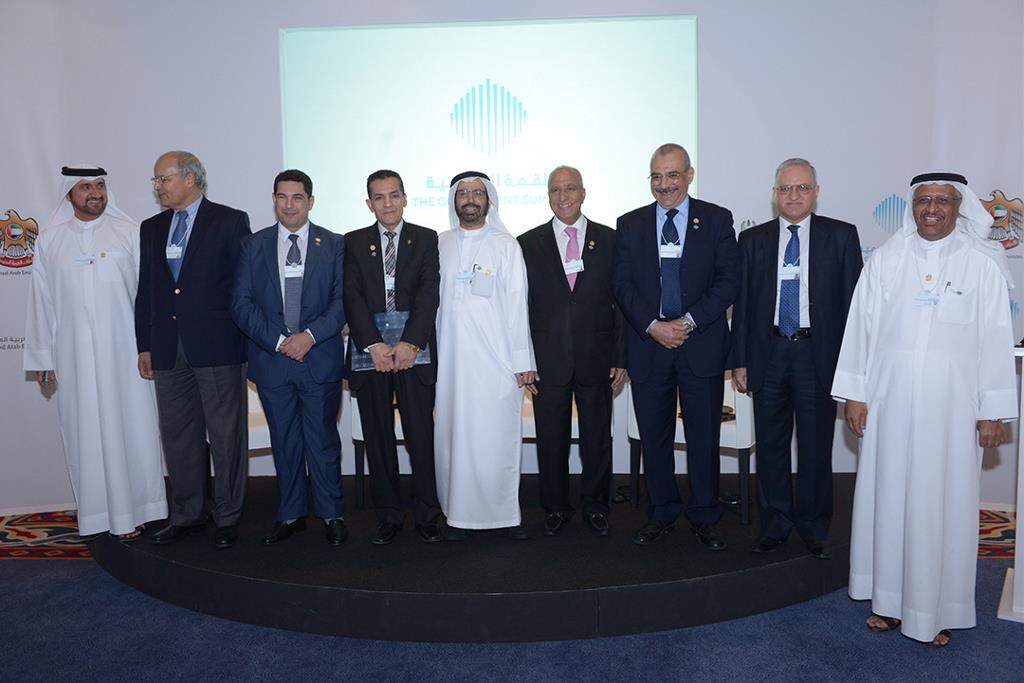Bring the Future to Your Customers: How Robots Could Help Governments Deliver Better Services
He’s cute, he’s kind, he’s short, he’s bald, and he’s humanoid. He’s not human, and he’s definitely not a “he” or a “she”.
Meet Pepper. The robot designed to help businesses attract and inform customers at points of purchase looks around and says: “You made me discover the world. I’ve never been here before!”
Bruno Maisonnier, CEO of Aldebaran Robotics, the makers of Pepper, responds: “Yes, this is the first time you have come to Dubai. I told you we were going to see the world.”
Robotics has been part of the human experience for more than 40 years, helping in surgery, home management, office automation, and other fields. It is only recently that humanoid robots have been made affordable and accessible. With Aldebaran setting up “ateliers” at an increasing number of locations, and offering humanoid robots for under $10,000 apiece, these cuties are soon coming to a mall near you!
Companies like Nestle and SoftBank are already deploying Pepper to attract and inform customers. Schools and universities are using Pepper’s smaller cousin, Nao, to teach programming, languages, and other disciplines. The use of robots to teach autistic children has resulted in such kids’ IQs increasing by an average of 20%, Maisonnier said.
The new wave of humanoid robots are being designed as caregivers for elderly who live alone, or for pets left alone when the owner goes on vacation. They are being programmed with the NAOqi operating system, the world’s first OS designed to interact with humans. The OS also has its own app store for those who want to personalize their robot experience.
When robots become an integral part of every home and family – and that day is coming soon, according to Maisonnier – they will become part of the big data revolution by giving governments the capability of collecting information that would otherwise have been hard to access.
This is why, Maisonnier said, robots need to be “a well-intentioned friend” designed by companies with high ethical standards.
To increase acceptance of humanoid robots by humans, they are being designed to provide intuitive and friendly interaction. “I don’t want my mother to read a 200-page book on how to interact with a robot,” Maisonnier said. Aldebaran programs Pepper and Nao (and their prototype larger cousin Romeo) to analyze human body language and expressions so that they understand the real message being conveyed. “We are only at the beginning of the story,” Maisonnier said.
Laying to rest fears that widespread use of robots in industry will result in mass unemployment, Maisonnier said the countries that use robots the most – Japan, Korea, China and the US – have the world’s highest employment rates.
Using robots for repetitive tasks frees people to do the higher cognitive functions, Maisonnier said. It also leaves us free to do what is important to us. People are working shorter hours today than 50 years ago, but they have higher spending power and a better quality of life, he said.
Education systems globally are changing to embrace this new reality, he said.



